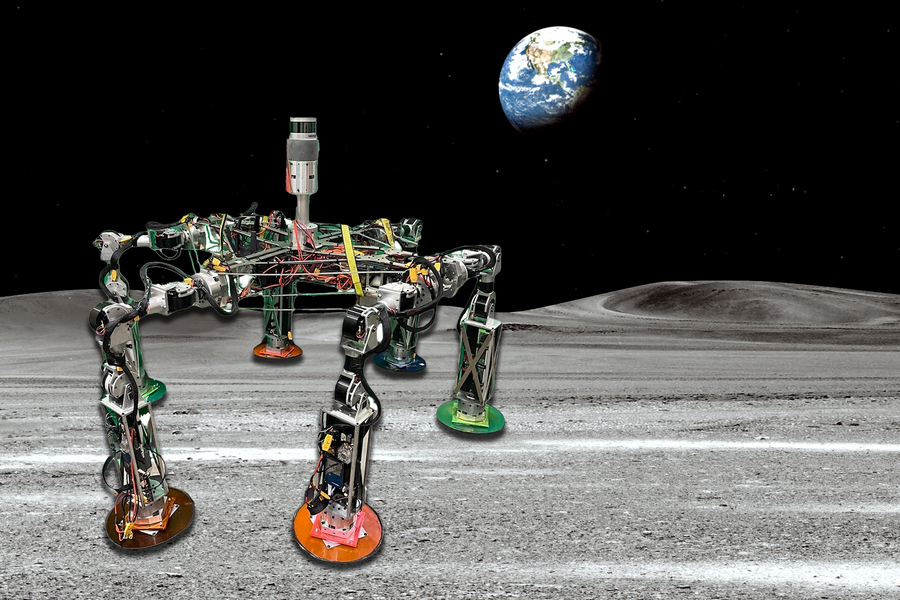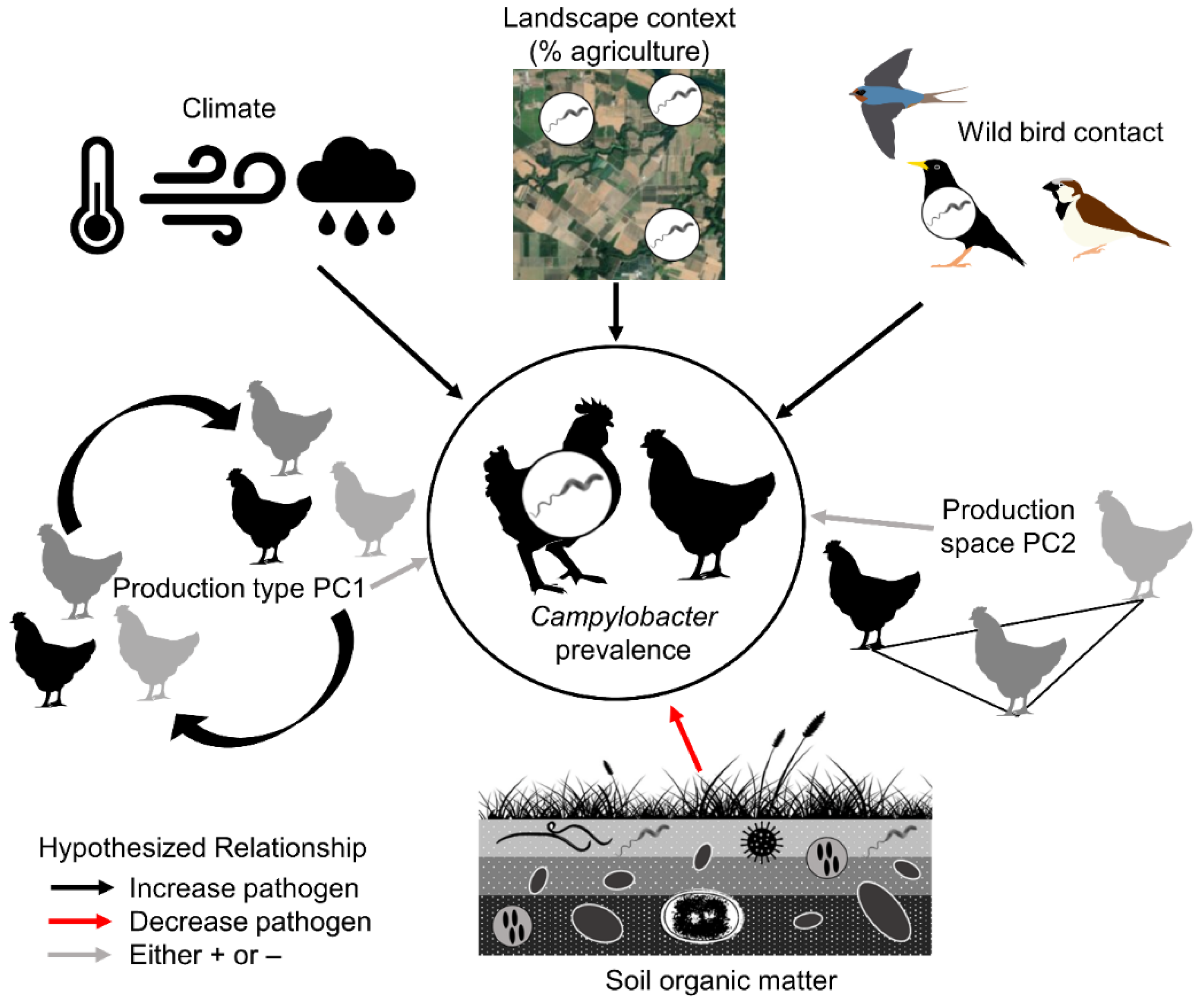2023-03-14 ペンシルベニア州立大学(PennState)
“気候変動が生態系の変化や課題を引き起こし続ける中、山火事活動が増加し続ける可能性が高い “と、ペンシルベニア州立大学の地理学助教授でプロジェクトの主任研究者であるManzhu Yuは語っています。
山火事の煙は、粒子状物質と多くのガス状汚染物質の組み合わせを含んでいます。PM2.5と呼ばれる微小粒子状物質は、人間の健康に対する重大なリスクと関連しており、米国EPAによって規制されている。
“火災が発生しやすい地域の大気質予測は、緊急管理者と公衆衛生当局が大気汚染事象による潜在的な環境および公衆衛生への悪影響を軽減するのに大きく役立ちます。”
<関連情報>
- https://www.psu.edu/news/research/story/new-model-provides-improved-air-quality-predictions-fire-prone-areas/
- https://www.sciencedirect.com/science/article/abs/pii/S0048969722075489
時空間変換モデルを用いた山火事多発地帯における1時間ごとのPM2.5濃度の予測 Predicting hourly PM2.5 concentrations in wildfire-prone areas using a SpatioTemporal Transformer model
Manzhu Yu, Arif Masrur, Christopher Blaszczak-Boxe
Science of The Total Environment Available online: 25 November 2022
DOI:https://doi.org/10.1016/j.scitotenv.2022.160446

Highlights
- •Conduct time series forecasting on PM2.5 concentrations at 19 EPA’s AQS station locations in the greater Los Angeles area
- •ST-Transformer model achieved an average RMSE of 6.92 (±2.93) μg m−3 and outperformed benchmark models.
- •Sparse attention attends only to the useful and relevant information, preventing overestimation of PM2.5 concentration.
- •ST-Transformer can predict an abrupt, significant increase in PM2.5 concentration during wildfires.
Abstract
Globally, wildfires are becoming more frequent and destructive, generating a significant amount of smoke that can transport thousands of miles. Therefore, improving air pollution forecasts from wildfires is essential and informing citizens of more frequent, accurate, and interpretable updates related to localized air pollution events. This research proposes a multi-head attention-based deep learning architecture, SpatioTemporal (ST)-Transformer, to improve spatiotemporal predictions of PM2.5 concentrations in wildfire-prone areas. The ST-Transformer model employed a sparse attention mechanism that concentrates on the most useful contextual information across spatial, temporal, and variable-wise dimensions. The model includes critical driving factors of PM2.5 concentrations as predicting factors, including wildfire perimeter and intensity, meteorological factors, road traffic, PM2.5, and temporal indicators from the past 24 h. The model is trained to conduct time series forecasting on PM2.5 concentrations at EPA’s air quality stations in the greater Los Angeles area. Prediction results were compared with other existing time series forecasting methods and exhibited better performance, especially in capturing abrupt changes or spikes in PM2.5 concentrations during wildfire situations. The attention matrix learned by the proposed model enabled interpretation of the complex spatial, temporal, and variable-wise dependencies, indicating that the model can differentiate between wildfires and non-wildfires. The ST-Transformer model’s accurate predictability and interpretation capacity can help effectively monitor and predict the impacts of wildfire smoke and be applicable to other complex spatiotemporal prediction problems.



